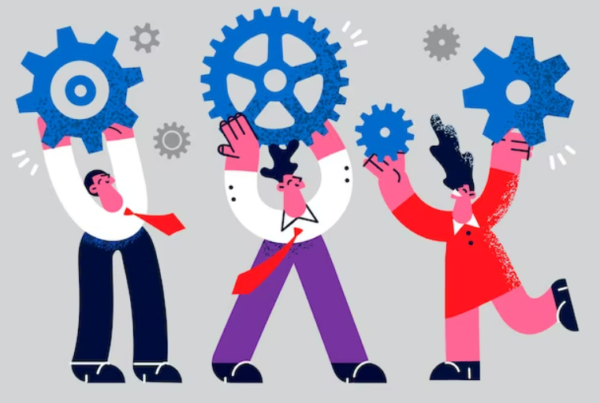How to Foster a Collaborative Culture?
As a leader, you may understand how to build, engage, and guide high-performing teams, but how do you scale this concept on a company-wide scale?
Creating a teamwork culture is not the same as team building. However, if you’ve built strong teams that deliver solid results, you’ve laid the groundwork for a teamwork culture. An organization that wants to develop productive, high-performing teams must first cultivate a positive, open culture in an environment rich in creativity and challenges. This type of culture can help to attract and retain top talent as well as employees who thrive on teamwork.
When teamwork becomes ingrained in the culture of your organization, everyone benefits—the company, the employees, and your customers.
What exactly is Teamwork Culture?
A successful teamwork culture can be defined as an environment characterized by a shared belief that the organization can move forward most effectively when collaboration and cooperation are at the heart of thinking, planning, and decision making.
This type of culture produces organizations in which every member of the organization—from executive leadership to management to front-line employees—is engaged, productive, and loyal. If that’s the kind of culture you want to foster in your organization, consider the following five characteristics shared by organizations where teamwork is essential to success:
- Teams are encouraged to be self-sufficient and empowered to make their own decisions.
- High Expectations: Teams are given significant assignments and projects, not just minor tasks.
- Support: Management provides time, budget, people, and other resources to teams that have the talent and ability to produce results.
- Employees are encouraged to form their own informal teams to solve problems, and teams are encouraged to work independently.
- Training: Teams receive appropriate training for their respective positions, as well as cross-training opportunities. This allows teams to be more agile while also increasing appreciation and understanding among colleagues.
It is easier to establish a teamwork culture when teamwork is promoted, sponsored, and supported from the top of the organization.
Why Is Workplace Teamwork Important?
A shared belief in collaboration and cooperation, which a teamwork culture can help to foster, provides your organization with not only a unifying focus, but also a unified approach to how work is done. Every individual, team, and department understands that they will be expected to collaborate in order to complete tasks and achieve goals.
The following are some of the advantages of developing and fostering a teamwork culture:
- Employees who contribute to well-oiled teams are happier and more engaged; they care more about their companies, coworkers, and jobs; and they are far more productive than those who work in an individualist environment.
- Companies with a team-oriented culture have higher levels of employee retention, and the reduced investment in recruiting and training benefits the bottom line.
- Finally, strong teams work harder, improving themselves and the organization, which is why so many organizations emphasize development strategies.
Simply put, developing a teamwork culture in your organization makes good business sense.
Creating a Teamwork Culture
Creating an environment conducive to teamwork is a process that necessitates a plan and specific activities to encourage collaboration. Setting organizational-wide goals, measuring productivity and progress toward goals, and modeling collaborative conflict resolution are some of the activities that can help your company move in a more collaborative direction and serve as the foundation for a culture of teamwork.
Setting Objectives
The plan must include objectives for raising individual, team, and management expectations for work and performance. It must identify events, rewards, or incentives to strengthen support for the teamwork culture. As a result, each employee must fully comprehend the company’s goals and vision, as well as their role in achieving them. As a result, the plan and the end goal must be communicated openly and frequently with employees.
Productivity Evaluation
Setting goals fosters collaboration and increases productivity by aligning and collaborating individuals and teams to achieve larger organizational goals. Measuring productivity is the only way to ensure that the concept works – especially when emphasizing teamwork throughout the organization. Progress toward the plan should be tracked and measured. Employee feedback on how the plan is progressing is also an important metric that should not be overlooked. Similarly, measuring individual employee productivity, then team productivity, and finally organizational performance—i.e. increased sales, higher production, cost reduction, new customers added, or other relevant metrics—can aid in determining the impact of teamwork culture on employee progress and the company’s bottom line.
Conflict Resolution Modeling
Senior management is responsible for more than just communicating the importance and necessity of fostering a collaborative culture. They must be role models for the kinds of collaborative behaviors they want to see, even when circumstances make it easier to revert to a more individualistic mode. This temptation is most likely to arise when there are disagreements, whether between individuals within a team or between teams. Setting the expectation that members should resolve conflicts as much as possible without retreating into departmental silos or “pulling rank” and escalating situations up the chain of command is an example of teamwork in action. For this culture shift to take hold, an organizational direction must be established from the top.
Creating a Teamwork Culture
To successfully grow a culture like this, a system that demonstrates and recognizes contributions and performance on an individual and group level must be established. It necessitates establishing an understanding of the consequences, as well as ensuring that employees accept responsibility and accountability for team accomplishments. Individual and team performance must be recognized and rewarded. Your system should ensure that people who contribute to teamwork success receive a monetary reward for their efforts in increasing the company’s success.
Human resources and talent management teams are critical in putting in place the systems and processes that support and grow organizational culture. Human resources and talent management help to shape the direction of company culture by recruiting, hiring, and training top talent who fit your culture of teamwork.
Training and development managers, for example, can provide teams with best practices and systematic ways to collaboratively troubleshoot and solve real-world work issues, improve interpersonal communications, and hold productive meetings to review projects and work processes that are shared across the organization. Benefits and rewards, such as sponsoring sports teams, organizing quarterly company-wide celebrations, or lunchtime potlucks, can help bring all individuals and teams in your organization closer together.
As remote work becomes more common due to necessity and employee expectations, bringing your team together becomes even more critical and difficult. Team-building activities, even if they are as simple as a happy hour over Zoom, go a long way toward reinforcing the behaviors that contribute to a collaborative team culture. The most effective are those that are seamlessly integrated into a larger teamwork effort and practiced on a daily basis.
Making Your Teamwork Culture a Success
Companies of all sizes and sectors should strive to foster a teamwork culture within their organizations. A well-conceived plan, embraced and championed by senior management, combined with consistent and clear communications about the objectives and outcomes, as well as a rational reward system, can serve as its foundation and lead to greater business success.




